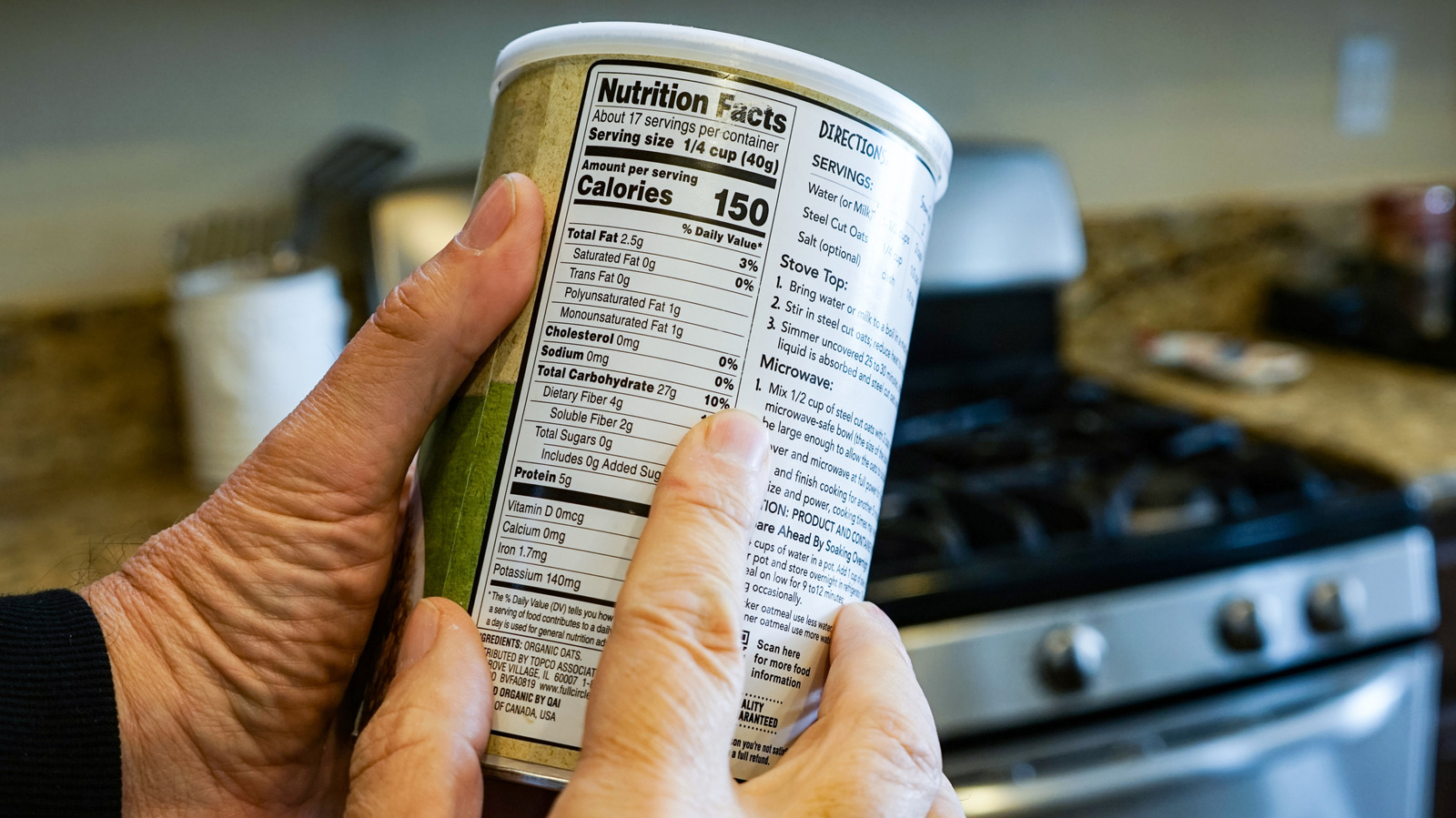
"Some may choose to gloss over this table, but for many - diabetics, dieters, folks who simply want to have more control over what they eat - it can be extremely helpful. But the fact that it looks "official" and is scribbled with numbers doesn't mean all of them are trustworthy. In an interview with Real Simple, Amy Davis, RDN noted that there's one red flag to always look out for when reading this nifty box: whether it complies with FDA labeling regulations or not."
"If the accuracy of the label is very important to you (say, if you're allergic to something like gluten or egg), the label being FDA-compliant can be a pretty good measuring stick for its trustworthiness. The good news? You don't need to read and memorize the entirety of the 132-page Food Labeling Guide from the FDA to spot problems. Some basic facts can be helpful in spotting non-compliant labels."
Nutrition labels in the U.S. have used a standardized black-and-white format since the 1990s, listing nutrients down to milligrams. FDA compliance on those labels serves as a practical indicator of accuracy and trustworthiness. Incorrect rounding or formatting, such as calories not listed in intervals of ten, is a visible red flag that can undermine confidence in other claims like dairy-free or gluten-free. Each nutrient follows distinct rounding rules, so consumers monitoring specific nutrients should learn the proper conventions. Obvious errors can be spotted without memorizing the entire FDA Food Labeling Guide, and allergy-sensitive shoppers should prioritize compliant labels.
Read at Tasting Table
Unable to calculate read time
Collection
[
|
...
]